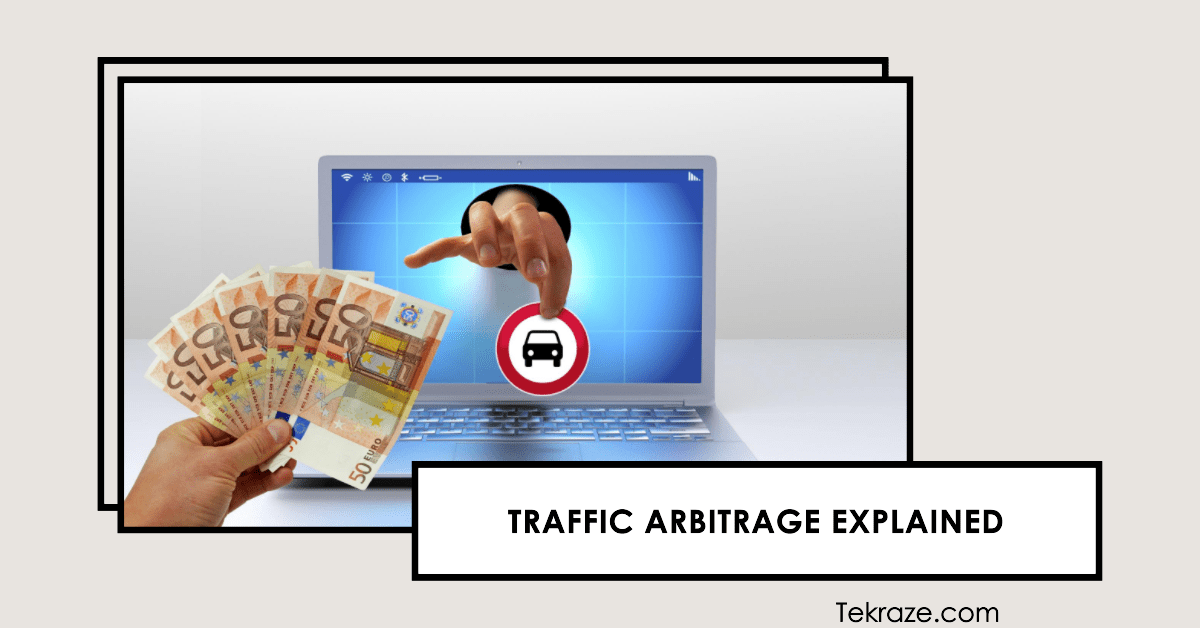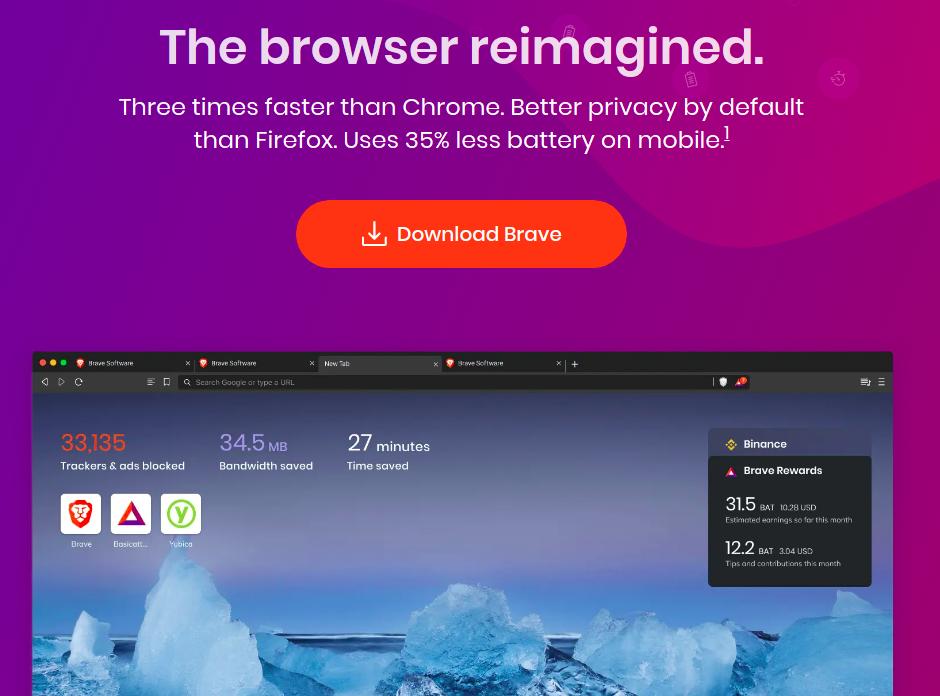Traffic arbitrage is a form of online marketing that involves buying and selling website traffic. The business model involves purchasing low-cost website visits from one source and reselling them at a higher cost to another source. This can be done by leveraging differences in supply and demand for traffic from different websites, networks, and countries. Traffic arbitrage is used to maximize profits, attract more targeted visitors to websites, increase brand recognition, and reduce customer acquisition costs.
Three parties are involved in traffic arbitrage – the arbitrageur, the advertiser, and the CPA network. The advertiser can be an individual or a company that offers a product and pays the arbitrageur to promote it. The CPA network acts as an intermediary between them, serving as an affiliate program that sets and coordinates the terms and conditions between the parties, including offers from various advertisers. Sales are always essential to any business. Therefore, traffic arbitrage is in demand and promising as a direction in online marketing.
How does traffic arbitrage work?
The process of traffic arbitrage begins with finding a provider who offers inexpensive traffic. Such a provider can be an advertising network or an ad exchange, for example, Facebook Ads. After identifying the provider, the arbitrageur needs to find a buyer, an advertiser, who is willing to pay more for the same website visits than what was paid previously. This can be an advertising network, an individual advertiser, or a company looking to attract more visitors to their resource. The difference between what the arbitrageur paid for the traffic and what they sold it for is known as “arbitrage profit”. Essentially, this is the free money obtained as a result of this process.
Anyone who owns a website can earn money through this process. The essence of it is that a website visitor searches for a product and then lands on a special landing page. With the help of a tracking tool installed on this page, every click from the visitor is counted until they become a customer. The key factor in successful traffic arbitrage is understanding that different sources of web traffic are valued differently by buyers and sellers.
The price depends on the location, demographic characteristics, intentions, such as search engine optimization compared to pay-per-click. Additionally, the arbitrageur should take into account additional expenses associated with running campaigns, such as hosting fees or advertising costs, as they can significantly reduce the overall profit if not accounted for in advance.
There are three types of traffic arbitrage:
- Direct arbitrage: purchased traffic is sent directly to a COD affiliate.
- Landing page arbitrage: traffic is directed to a special landing page, from which the visitor clicks on a referral link to the affiliate program’s page.
- Landing page and registration arbitrage: traffic is once again directed to a landing page, where the user must register via email. This way, an email database can be collected for future newsletters.
How to start making money on traffic arbitrage
- Find a niche and an affiliate program. Searching for relevant affiliate programs for affiliates and a suitable niche is a mandatory requirement for your work. This will help ensure that the traffic coming to your website is relevant and will convert into sales or leads.
- Choose an offer. This can be any service or product offering. When choosing, consider its competitiveness, as the market is large and there is a possibility that someone else will start working with the same offer. The offer has a geo, vertical, traffic type, offer price, cost indication, call reception time, service testing, and daily limit.
- Choose a model. There are two main payment models in traffic arbitrage – CPA and Revenue Share. Cost Per Action (CPA) is payment for an action. The target action can be anything from purchasing a product to subscribing to a newsletter. Revenue Share is receiving a reward in the form of a percentage of the expenses of the referred lead.
- Choose a traffic source and attract an audience. You can do this for free or for a fee. Free options for attracting traffic include website promotion and other web resources, while paid options include placing banners, creating promotional posts, and choosing popular public groups.
- Choose platforms to sell traffic. There are many options: contextual advertising, selling outgoing links, teaser advertising, partner ad network creation exchanges, banner advertising, social networks with contextual advertising, YouTube. Website owners with high traffic can directly contact advertisers.
To ensure successful traffic arbitrage, it is important to analyze the data of each campaign to determine which one works best in your specific situation. Make adjustments as necessary based on these results.
The difference between affiliate marketing and traffic arbitrage
The main difference between affiliate marketing and traffic arbitrage lies in how they acquire web traffic. Affiliates typically obtain traffic through mutual agreements with partners, while arbitrageurs heavily rely on third-party sources. Additionally, affiliate marketers usually have special relationships with advertisers, promoting only their products, whereas arbitrageurs may purchase traffic from multiple sources. This allows them to access a wider range of potential customers compared to typical affiliate companies. Another difference between affiliate marketing and traffic arbitrage is that affiliates usually earn commissions on sales, while arbitrageurs earn income based on CPC rates.
Traffic arbitrage is well-suited for companies with a simple and straightforward product that has a broad audience. To determine if this business model is suitable for you, you can use the following checklist:
- Your product is aimed at a B2C audience and is suitable for online promotion.
- Your product is mass-market.
- The price of your product is competitive, and if it has bonuses such as free shipping or gifts, it’s an advantage.
- There is technical capability to install a pixel on your website.
- Your product has a wide geographical target audience.
- The rate you are willing to offer to affiliates is not below the market rate.
Ways to sell paid advertising on the Internet
CPM (Cost Per Mille) is a model that involves the cost of one thousand ad impressions. When you start a marketing campaign, you specify the exact CPM value, taking into account the lowest costs for the chosen format. CPM helps to determine the success level of an ad by measuring audience reach, so it is often used in media campaign planning.
CPC (Cost Per Click) is the cost of one click on a banner or advertisement to evaluate the effectiveness of an advertising campaign. When someone clicks on a link leading to a landing page, payment is made. Almost all types of digital advertising campaigns use this model.
CPA (Cost Per Action) is a model of Internet advertising in which the advertiser receives payment only when a user performs a specific action on their website. This is an economical payment option, as advertisers do not have to bear the expenses for ad impressions or clicks, the effectiveness of which can be difficult to measure. This metric is often used by COD affiliate networks, where customers pay for the product at the moment of delivery, to evaluate the cost of actions taken by users.
CPI (Cost per Install) is an advertising metric used in mobile internet marketing. It is a sales model where the advertiser pays only for the fact of installing a mobile application by an interested user. The CPI model is most commonly used in affiliate programs. Partners of the advertising network place advertisements and receive rewards from the advertising network for each installation on a mobile device.
CPL (Cost per Lead) is a payment model for each lead generated through your traffic. A lead can be a person who leaves their contact information on a website that they were directed to by an advertising banner. When the customer’s data reaches the advertiser, the partner receives their payment. This model differs from CPM (Cost per Mille) and CPC (Cost per Click) models, where typically payment is made for ad clicks. In CPL, the arbitrator receives payment only after providing the information stated in the offer.
Advantages and disadvantages of arbitrage
The main advantage of traffic arbitrage is that it can be very profitable, but only if done correctly. By buying inexpensive traffic from one source and reselling it at a higher price on another platform, companies can generate significant profits without the need to create their own content or invest in expensive marketing campaigns. Since the cost of purchasing web traffic is relatively small compared to other forms of advertising, companies can quickly scale their business with minimal risk. By targeting specific audiences through specialized platforms, companies can increase the likelihood that their ads will be seen by potential customers and convert into sales.
For an arbitrageur, the advantage lies in being independent from the client and having a flexible work schedule that can be self-planned. Additionally, there is always the opportunity to strive for unlimited earnings and develop simultaneously in multiple industries.
There are some disadvantages to traffic arbitrage. Firstly, since you do not create your own content and do not invest in expensive marketing campaigns such as SEO or social media advertising, there is no guarantee that your target audience will convert into sales. Secondly, depending on the market from which you purchase web traffic, there is always a risk associated with buying non-targeted web visits that may not result in conversions for your business at all.
Another point to consider is that if the work is done incorrectly or without proper tracking tools, it can end up costing more than the profit obtained. This can be due to wasted advertising funds on unqualified visitors who do not convert into sales for your business due to poor targeting strategy used during campaign setup.
Conclusion
Traffic arbitrage allows for leveraging differences in supply and demand of web traffic from various sources. This opportunity enables the generation of additional income by driving targeted visitors to websites with lower costs compared to other marketing methods. Traffic arbitrage has its advantages, such as increased profit potential with minimal investments. However, there are also drawbacks that need to be considered before allocating resources to implement this strategy within your company.





